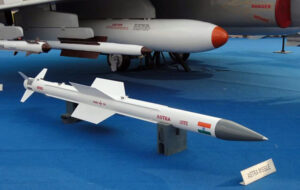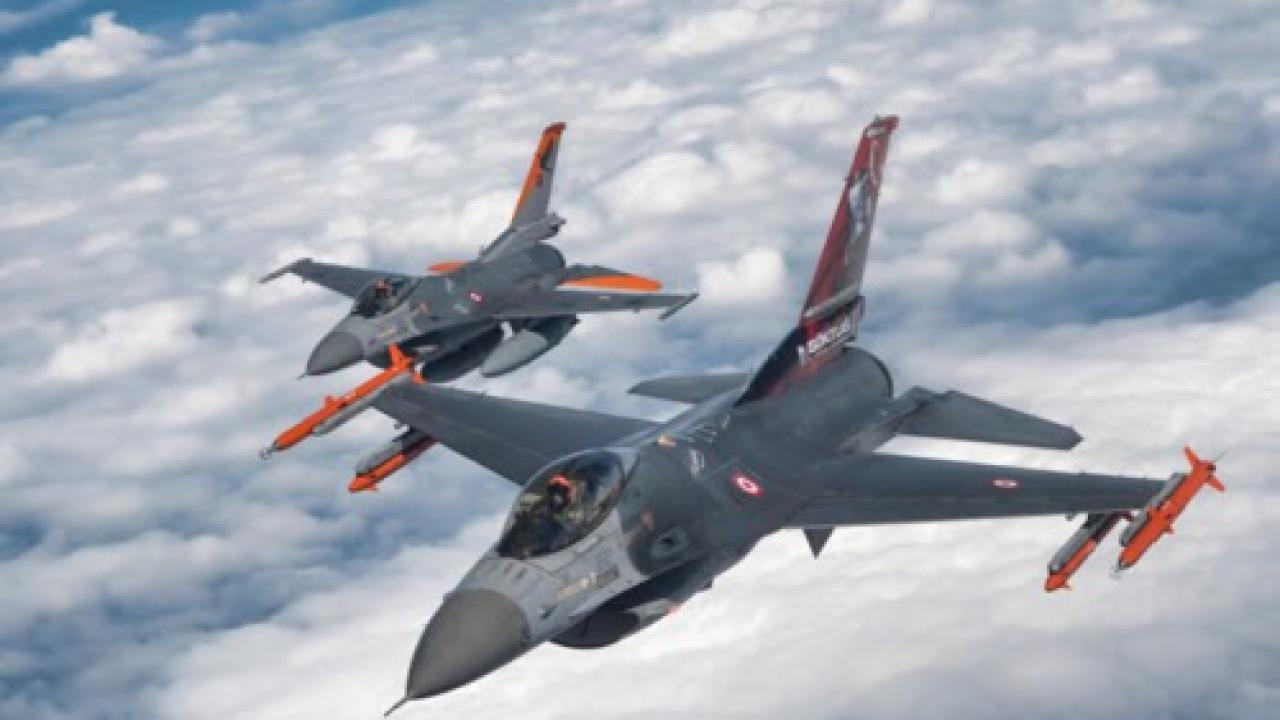Pakistan’s F-16 Upgrade: Bozdoğan Missile vs. India’s Astra Mk1
The aerial landscape of South Asia is transforming, with both Pakistan and India constantly seeking to modernize their air forces. In this context, Pakistan’s recent interest in integrating the Turkish-made Bozdoğan air-to-air missile (AAM) into its F-16 fleet has sparked discussions about potential implications for regional airpower dynamics. This article delves into the rationale behind Pakistan’s choice, analyzes the capabilities of both the Bozdoğan and India’s Astra Mk1 missile, and explores the potential impact on the strategic balance in the region.
Pakistan’s F-16 Upgrade: Seeking Enhanced Capabilities
Pakistan’s F-16 fleet, acquired in the 1980s, forms the backbone of its fighter jet arsenal. However, these aircraft are aging and require modernization to maintain their effectiveness against evolving threats. The Bozdoğan, developed by Roketsan, a Turkish defense company, presents a potential solution. This Beyond-Visual-Range Air-to-Air Missile (BVRAAM) boasts an estimated range of over 100 kilometers, offering significant improvements over the AIM-120C AMRAAM currently employed by Pakistan’s F-16s. The Bozdoğan’s features include:
- Active radar homing: This allows the missile to lock onto and track enemy aircraft without relying on external guidance, enhancing its effectiveness against jamming and other countermeasures.
- High maneuverability: The missile’s design enables it to perform tight maneuvers during flight, increasing its chances of hitting agile targets.
- Modern seeker technology: The advanced seeker head improves target detection and discrimination capabilities, particularly in challenging environments.
Integrating the Bozdoğan would provide Pakistan’s F-16s with a significant advantage in terms of engagement range and overall combat effectiveness. This upgrade would potentially allow Pakistani pilots to engage enemy aircraft from a safer distance, reducing their vulnerability to counter-fire.

India’s Astra Mk1: A Domestically Developed Counterpart
India, Pakistan’s long-standing regional rival, has also been actively pursuing advancements in its air defense capabilities. The Astra Mk1, an indigenous-developed BVRAAM, serves as a crucial element in this strategy. Similar to the Bozdoğan, the Astra boasts an estimated range exceeding 100 kilometers and incorporates features like:
- Active radar homing: The missile employs an active radar seeker for target acquisition and tracking, enhancing its resistance to jamming.
- Multi-mode guidance: The Astra can utilize various guidance modes, including lock-on before launch and lock-on after launch, providing flexibility in different engagement scenarios.
- Solid-state electronics: The use of solid-state electronics contributes to increased reliability and improved performance in harsh environments.
The Astra Mk1 represents a significant milestone for India’s defense industry, showcasing its growing self-reliance in developing critical military technologies. This domestically produced missile plays a vital role in bolstering India’s air defense capabilities and potentially countering the threat posed by Pakistan’s upgraded F-16s.
Comparing the Contenders: A Balancing Act
While both the Bozdoğan and Astra Mk1 share similar capabilities, some key distinctions exist:
- Development stage: The Bozdoğan is a relatively new entrant compared to the Astra Mk1, which has undergone extensive testing and integration with Indian fighter jets.
- Warhead size: The Astra reportedly carries a larger warhead than the Bozdoğan, potentially inflicting greater damage on target aircraft.
- Integration complexity: Integrating the Bozdoğan with Pakistan’s F-16s might require additional modifications compared to the Astra, which is designed specifically for Indian fighter platforms.
It is important to note that directly comparing these missiles is challenging due to limited publicly available information and the evolving nature of military technology. However, both missiles represent significant advancements in air-to-air combat capabilities for their respective air forces.
Strategic Implications and the Evolving Landscape
The integration of the Bozdoğan into Pakistan’s F-16 fleet and the continued development of the Astra Mk1 by India are likely to have significant implications for the regional balance of power. These advancements could potentially:
- Escalate tensions: The introduction of these new missiles might lead to heightened concerns and potential arms races between the two countries.
- Alter engagement strategies: The extended range of these missiles could prompt changes in aerial combat tactics and pilot training on both sides.
- Increase deterrence: The enhanced capabilities of both air forces could contribute to a more stable deterrence environment, potentially discouraging aggressive actions.
The long-term impact of these developments remains to be seen and will depend on various factors, including future technological advancements, regional political dynamics, and the overall strategic calculus of both nations.
